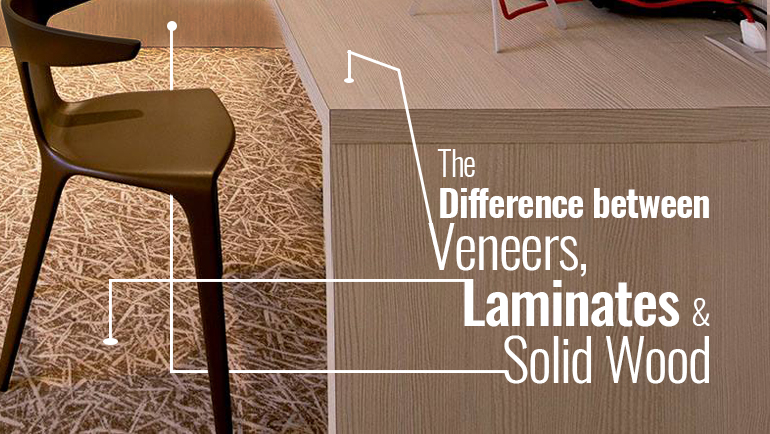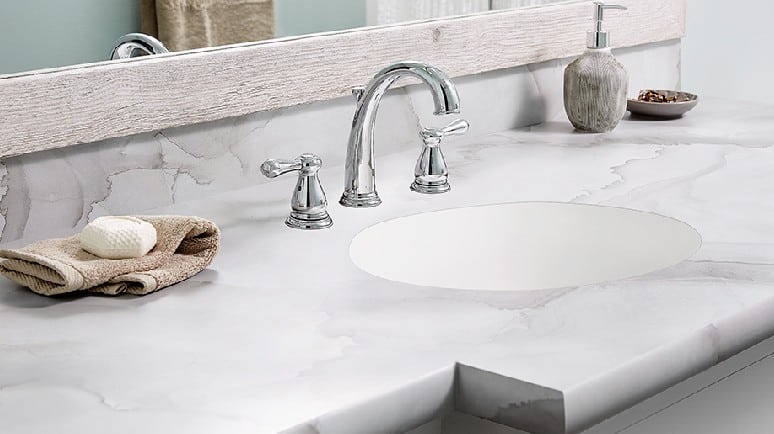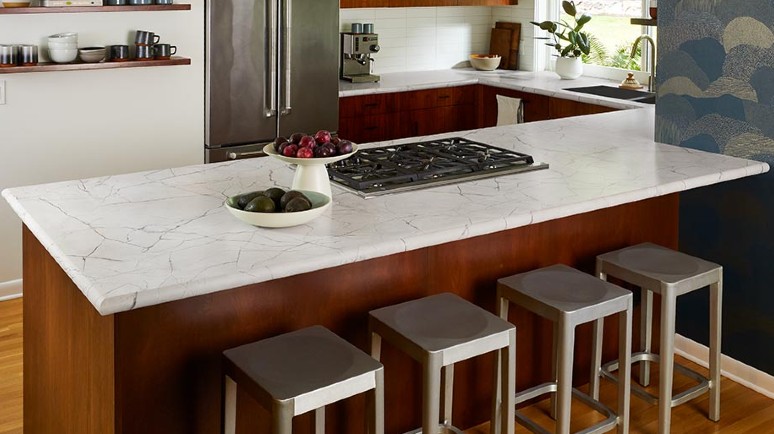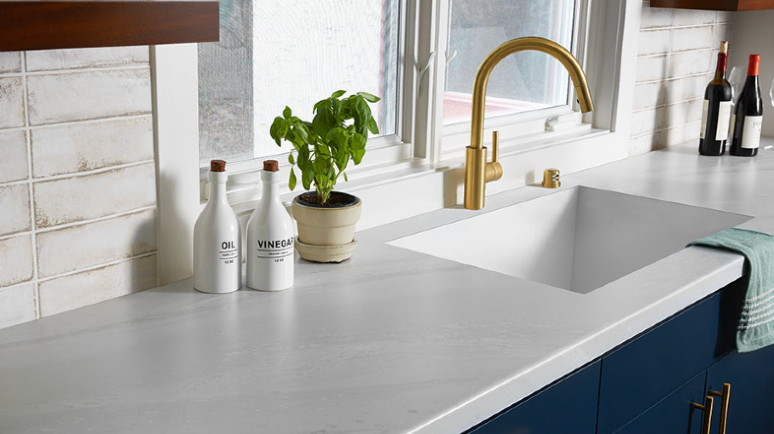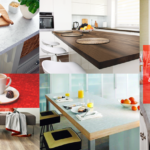
Top Trends in Laminates 2016
May 10, 2016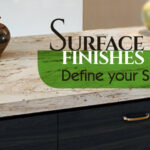
Surface Finishes that Define your Style
May 15, 2016Veneer, Laminates and Wood are all fibrous materials that are used for surface finishing – besides this functional similarity, there is almost nothing that they have in common. The sources of these are very different, the look and feel, aesthetic offerings, versatility, life span and the cost of purchase are the biggest differentiators between wood, veneer and laminates in the marketplace. To begin with, lets us first understand why we needed Veneer and Laminates in the first place.
Wood is the first material that was used as building material for ancient houses. Our ancestors cultivated timbre trees from as early as 450-500 million years, the most popular ones being birch, oak and ash. You’d b surprised to know 47% of the earth’s forest cover is commercial which is distributed as softwood, hardwood, early and late, coniferous and temperate timbre trees. Given these facts, wood is undoubtedly, the oldest building material but is full of old school problems like insect and termite infestation, moisture and swelling and becomes an easy substrate to fungi and algae.
Also, wood is extremely expensive.
Cutting down the cost, ensuring sustainability and making everything affordable by the use of technology is synonymous with progress for most nations. Wood is a natural resource, where as Veneer is engineered or composite material made of very thin slices of wood. Thin sheets of wood are sliced or cut across the length or along the trunk of trees. The veneer sheets are then installed over a softer core which may be made from wood chips, sawmill shavings or even sawdust. Veneer can be polished or sanded along the grain but working with it is tough because the sheet of wood is extremely thin.
Laminates were even cheaper to manufacture than veneer. Laminates are made from sheets of papers that are compressed and treated with resin. Laminates are then printed with various patterns that resemble wood or may have stylish, artistic designs on them. Laminates typically have a glossy/matt finish and may be used for making long lasting, affordable furniture. Laminates are easy-to-clean, easy-to -maintain, and are great for kitchen, bathroom and kid’s room. Laminates are perfect to be used at places where spills and stains are a common occurrence. A quick swipe with a wet cloth should be sufficient in most cases.
Wood is a little more difficult to maintain because it is porous and absorbs stains easily. It has the advantages of polish, varnish and paint. Solid wood is used for making sturdy, long-lasting premium furniture, shelves, doors and floors. Some tips for maintenance have to be kept in mind when using wood – like protection from direct sunlight which may lead to bleaching, moisture which may make wood adsorb water and swell up etc.
Having a little background information about raw materials that are used for building your home is helpful because it enables you to make the best use and take effective steps for their maintenance.
| LAMINATE/ VENEER | SOLID WOOD |
| 1. Photographed image/ repeated patterns | Natural/ no two pieces are alike |
| 2. Life span is limited/ Less than 20 years | Will last from anywhere between 20-100 years |
| 3. Cannot be re-finished | Can be re-finished |
| 4. Easy to repair | Repairing is difficult |
| 5. Fade resistant | Changes colour according to species |
| 6. Scratch resistant | Prone to getting scratched |
| 7. Does not increase re-sale value of home | Prone to getting scratched |
| 8. Inexpensive | Expensive |

